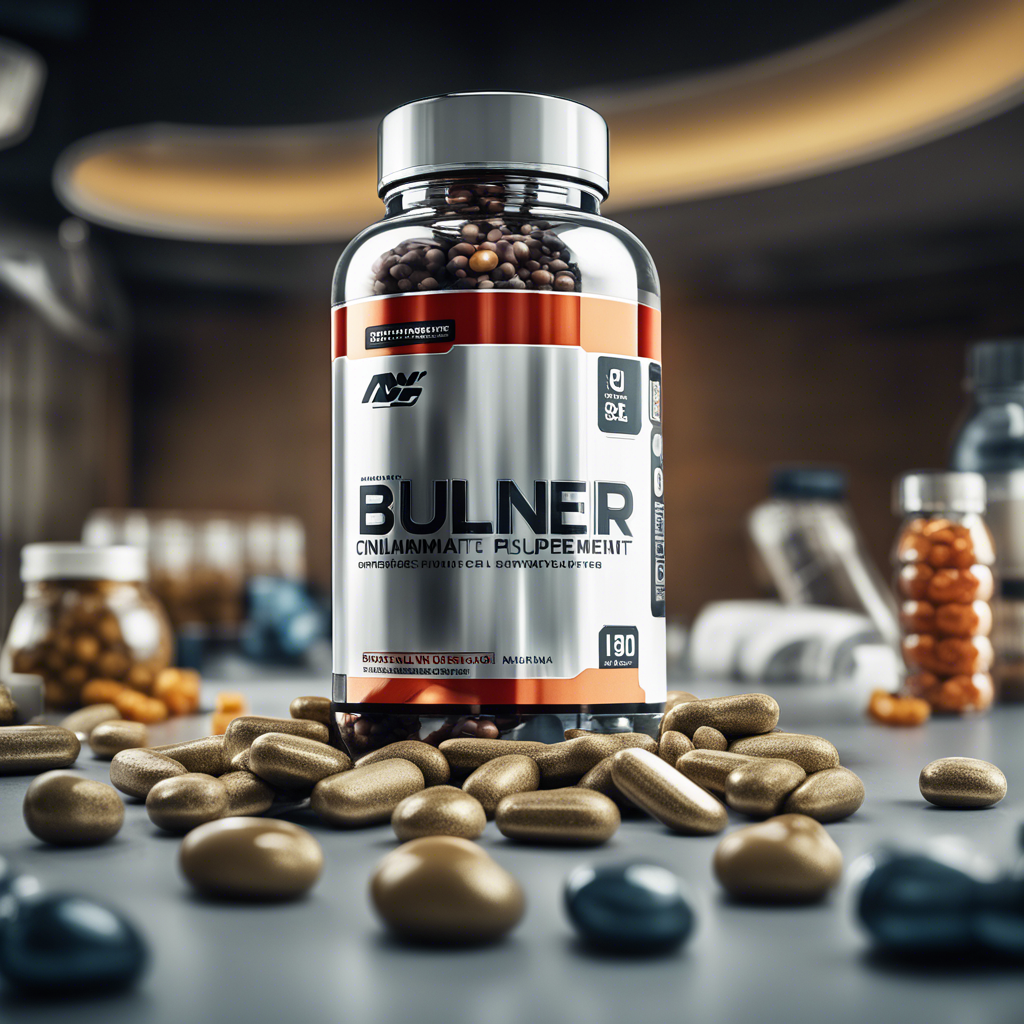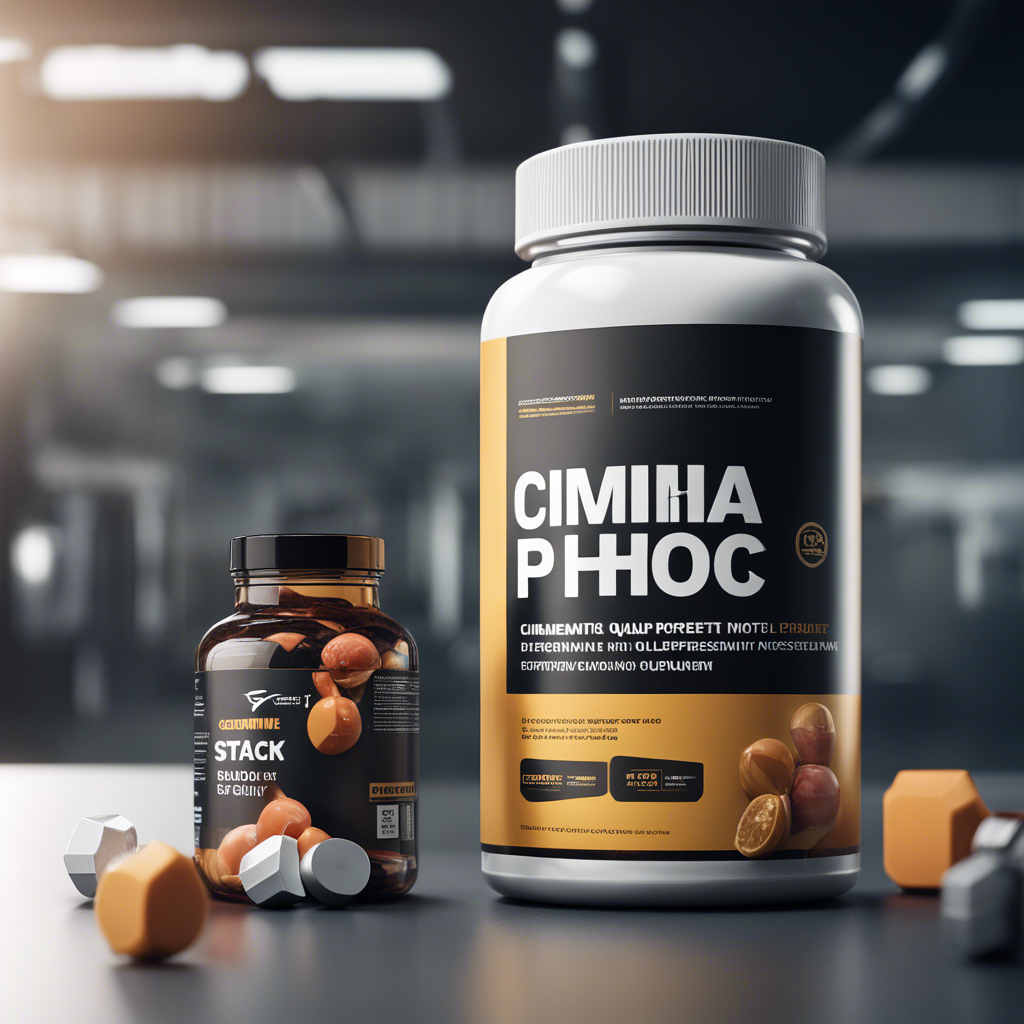How to Build an Effective Supplement Stack for Bulking and Cutting Phases
Whether you’re aiming to pack on muscle in a bulking phase or chiseling down in a cutting phase, supplements can be a powerful tool in achieving your fitness goals. The right supplement stack can support your workout regimen and diet plan, streamline your progress, and optimize your results. However, building an effective supplement stack requires careful consideration of your unique fitness targets, dietary needs, and the specific demands of your bulking or cutting phase.

This guide will delve into the science of supplementation to maximize muscle gain and fat loss. From the appropriate supplements for each phase to practical tips on combining them for best results, you’ll find the strategies you need to elevate your fitness game. Whether you’re new to the world of bodybuilding or a seasoned athlete looking to refine your approach, understanding the nuances of supplement stacking is crucial to your success.
The Basics of Supplement Stacking
Your supplement stack should complement your nutrition and training plan. When crafting a stack for muscle-building and fat-cutting phases, the key is to understand each supplement’s role and how it interacts with others. This ensures the supplements work synergistically rather than redundantly or counterproductively.
Understanding Key Supplements for Bulking
During the bulking phase, the primary goal is to gain muscle mass and improve strength. Supplements like protein powder, creatine, and branched-chain amino acids (BCAAs) are cornerstones of a successful bulking phase. Protein supplements, particularly whey protein, are beneficial post-workout to boost recovery and muscle synthesis. Meanwhile, creatine increases your energy reserves and muscle volume, leading to strength gains and enhanced performance.
Additionally, beta-alanine may help delay fatigue during workouts, enabling you to train harder and longer. Combining these with a diet rich in calories and a rigorous workout routine can optimize muscle-building efforts, providing the necessary support your body needs to grow.
Supplements Essential for Cutting
The cutting phase focuses on fat loss while maintaining muscle mass. Effective supplementation during this phase includes fat burners which help increase metabolism and thermogenesis. Popular fat burners incorporate ingredients like caffeine and green tea extract, both known to enhance energy and metabolic rate.
BCAAs remain equally important in cutting phases to preserve lean muscle mass and support recovery. Conjugated linoleic acid (CLA) is another supplement that may aid in reducing body fat while potentially supporting muscle retention. When combined with a calorie-reduced diet and increased cardio, these supplements help achieve a leaner physique.
Cycling and Timing
The effectiveness of a supplement stack often comes down to timing and cycling—or strategically using supplements at different times and phases. For instance, creatine loading might be more appropriate in early bulking phases, while maintaining a lean protein intake is crucial throughout all phases.
Understanding nutrient timing can also play a pivotal role. Consuming protein supplements post-workout or fat burners before workouts can enhance their efficacy. Planning your supplementation around your training schedule helps to maximize absorption and utilization by your body, ensuring that each supplement delivers its intended benefit.
Building a Supplement Stack for Bulking Phase
Protein as the Building Block
No supplement stack for bulking is complete without high-quality protein. Whey protein is fast-absorbing and ideal for post-workout recovery, helping muscle tissues repair and grow. Casein protein, on the other hand, digests slowly and can be beneficial before bedtime to support muscle recovery during sleep.
Combining both proteins in your supplement routine ensures you cover the entire day—fast recovery post-exercise and muscle building during rest. For those with dietary restrictions, plant-based proteins offer a good alternative, maintaining the critical protein intake required for growth without animal products.
Increasing Strength and Performance with Creatine
Creatine is one of the most researched supplements in sports nutrition, valued for its effectiveness in increasing muscle mass, strength, and exercise performance. During bulking phases, a creatine loading phase may involve a higher intake initially for rapid saturation, followed by a maintenance phase to sustain muscle creatine levels.
Integrating creatine into your stack can yield tangible improvements in workout intensity and recovery, which are vital for growth in a bulking phase. Pairing it with high-intensity training routines amplifies its benefits, leveraging the extra energy for greater gains.
Addition of Branched-Chain Amino Acids (BCAAs)
BCAAs are excellent for muscle recovery and protein synthesis, especially important during progressive overload in bulking. These amino acids—leucine, isoleucine, and valine—are crucial for muscle repair and growth, helping to minimize exercise-induced muscle damage.
Incorporating BCAAs into your pre- and post-workout routines can assist in decreasing muscle soreness and accelerate recovery, allowing more frequent and intense training sessions. Many athletes find sipping BCAAs during workouts provides an energy boost and supports endurance.
Effective Supplementation During Cutting Phase
Harnessing Fat Burners for Efficiency
Fat burners can be a powerful addition to a cutting phase, but they must be chosen carefully to avoid muscle loss. Thermogenic fat burners with components like caffeine and L-carnitine are popular choices that offer metabolism boosting benefits, without compromising muscle mass too drastically.
These supplements work best when integrated into a structured diet and exercise program, enhancing calorie-burning capacity and promoting a stable energy level despite caloric deficits. When choosing fat burners, it’s essential to select those that provide a balanced effect, allowing for sustainable fat loss over time.
Preserving Muscle with BCAAs
A significant challenge during cutting is maintaining muscle mass while shedding fat. BCAAs, taken intra-workout, help prevent the breakdown of muscle tissue, ensuring that weight loss comes predominantly from fat stores rather than lean mass.
Consistent BCAA supplementation through high-intensity training and reduced-calorie intake ensures that muscles receive the necessary amino acids for recovery and retention, forming a buffer against muscle degradation while facilitating fat reduction.
Integrating CLA into Your Regime
CLA, or conjugated linoleic acid, is noteworthy for its role in body composition management, aiding fat loss while preserving muscle. This natural fatty acid can potentially decrease body fat by promoting energy expenditure and fat oxidation.
When added to a cutting-phase supplement stack, CLA complements other fat-burning strategies, helping to streamline achieving a lean physique when paired with regular exercise and a nutritionally sound meal plan.

What are the best supplements for muscle gain during bulking?
High-quality whey protein and creatine are foundational in a supplement stack for muscle gain. These supplements enhance muscle repair and increase strength, making them essential during bulking. BCAAs are also valuable for faster recovery and support muscle synthesis post-exercise.
Can I use the same supplements for both bulking and cutting phases?
While some supplements like BCAAs and protein can be used in both phases, others, such as fat burners, are more suited for cutting. Creatine is often leveraged more during bulking but can be used in moderation during cutting to preserve strength. It’s crucial to adjust the focus and dosage of supplements based on the phase for optimal performance.
How can I safely incorporate fat burners into my supplement routine?
To incorporate fat burners safely, start with a low dosage to assess tolerance. Choose products with natural ingredients like caffeine, green coffee bean, or CLA. Always pair them with a balanced diet and exercise program, and cycle use to prevent desensitization and potential side effects.
Is creatine necessary for a cutting phase?
While not strictly necessary, creatine can be beneficial during a cutting phase for preserving strength and power, despite being in a caloric deficit. Using lower doses maintains muscle hydration and performance levels, helping to retain lean muscle mass during intense training sessions.
What are some signs of an ineffective supplement stack?
Signs include lack of improvement in performance or physique, poor recovery, and unexpected weight gain. If increased fatigue or undesirable side effects like digestive issues occur, reassessing your supplement stack for interaction or dosage can help in redirecting efforts for better outcomes.
Conclusion
Constructing a supplement stack tailored to the bulking and cutting phases is crucial for optimizing your fitness journey. By understanding which supplements best support your goals during each phase, you can enhance muscle gains, support fat loss, and improve overall performance.
The key is to maintain a balanced approach, ensuring supplements complement your diet and training without overshadowing them. Timing, dosage, and cycle of use are crucial factors that dictate the effectiveness of your supplement stack. A well-built stack serves as a powerful ally in your journey towards your fitness aspirations.
Ultimately, successful muscle-building and cutting ventures require dedication, consistency, and customization. By incorporating the right supplements with informed choices, you place yourself on the path to achieving superior results, leveraging science-backed strategies to support your goals.
Suggested Video Topics
1. “Designing the Perfect Supplement Stack for Beginners: Bulking and Cutting Explained”
2. “The Science of Supplements: How Protein and BCAAs Enhance Workout Recovery”
3. “Understanding Fat Burners: Making the Most of Thermogenic Supplements for Cutting”

